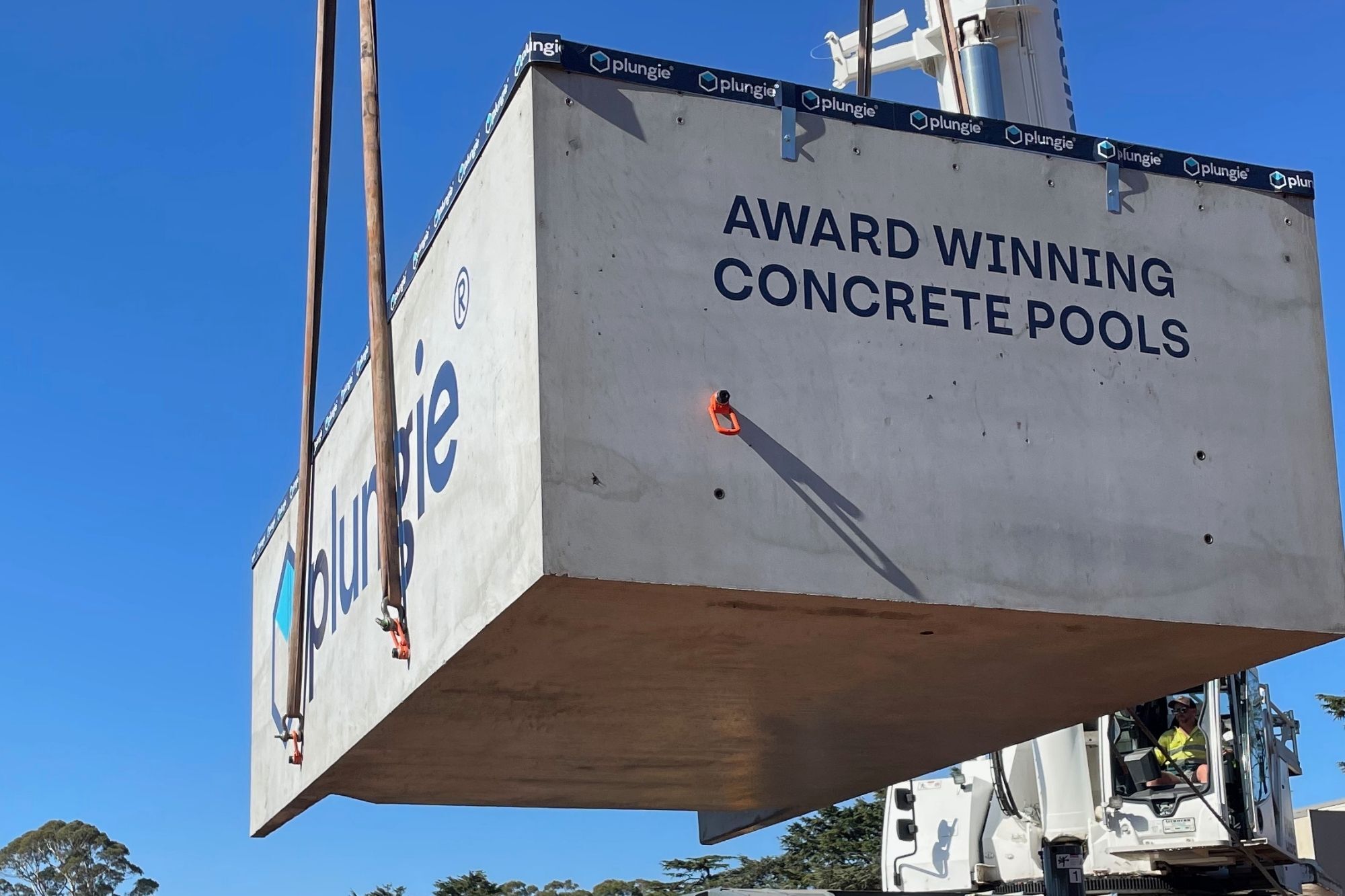With over 19 million renter households burdened by housing costs, it’s safe to say that we’re in the midst of an affordable housing crisis. This housing shortage has a widespread impact, costing the American economy approximately $2 trillion a year and slowing GDP growth. Prefab construction has been proposed as a solution to this issue. We know that prefab has many benefits — from halving project timeframes to reducing hazard exposure on-site by up to 20% — but can it solve America’s housing crisis? Let’s take a closer look at the current housing market to see if prefab construction could offer a viable solution.
What Has Caused America’s Affordable Housing Crisis?
America’s housing problems are well past the point of Gen Z not being able to afford their first home. According to the National Low Income Housing Coalition, there is a shortage of 7.3 million rentals that are affordable for extremely low-income families. There is currently no state where someone working full-time at minimum wage could afford to rent a two-bedroom apartment. What’s more, almost 11 million households across the country spend over 50% of their income on rent. That’s a recipe for serious financial stress.
So, how did our housing market get here? Unsurprisingly, COVID-19 and supply chain shortages have a lot to do with it.
Increased Working From Home Arrangements
The increase in working-from-home arrangements saw many additional bedrooms repurposed as home offices, rather than being lived in by a housemate. As people spent more time at home, other rooms were converted to home gyms and recreational spaces. Working remotely also encouraged employees to move out of cities and into the surrounding suburbs, driving housing demand and prices up.
The obvious solution to increased housing demand is to build more houses, but local zoning laws can make that difficult.
NIMBYism
Short for “Not In My Backyard”, NIMBY refers to local zoning laws that limit housing density in residential areas. The White House is attempting to address this in their Housing Supply Action Plan, which offers incentives to communities that reduce regulatory barriers to new residential construction. It’s yet to be seen whether this $85 million “Yes In My Backyard” grant will help zoning reform and increase the supply of affordable housing.
Supply Chain Shortages
Even if zoning reform is successful, the construction industry faces labor and supply chain shortages that could impact residential construction. At the end of 2021, 90% of contractors reported experiencing shortages of at least one essential building material, including steel, wood or lumber, and roofing materials. On top of this, in April 2022, there were approximately 440,000 job openings in the US construction industry.
With over 40% of US construction workers expected to retire in the next ten years, the skilled labor shortage is expected to continue for the foreseeable future.
How Can Prefab Help?
The speed and efficiency of prefab construction could help fill the affordable housing gap across the country. We know that prefab methods can take weeks off pool installation, but they can also cut construction project timeframes in half. This would take some pressure off an already short-handed construction industry and help them build affordable housing faster. After all, time is of the essence when more than half of people’s weekly income is going toward rent.
The precision of prefabricated construction means less material waste is created throughout the manufacturing process, which is important during a building materials shortage. The economies of scale achieved through using standardized components can also make building more affordable for homeowners and contractors alike.
Although prefab construction could go a long way to increasing the supply of housing across America, it will ultimately be up to policymakers to invest in affordable housing first so these efficiencies can be leveraged.



